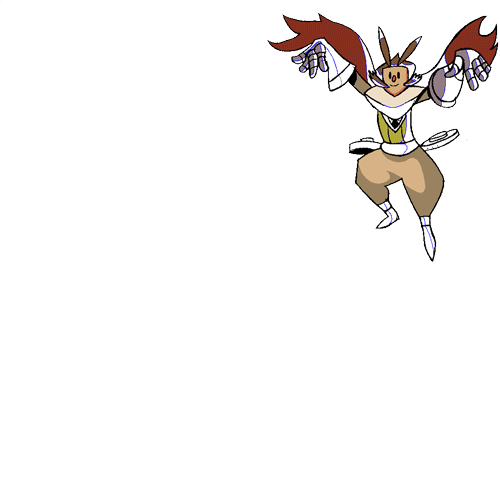
By default, the leftmost port is displayed in front and the rightmost one is displayed behind. The port used appears in a bright green the other ports on the Composite module. If you select Portnumber, identify the appropriate port by its position using the Port For Output Z menu. Output Z: Use this selection to identify which element’s front-back value from the current composition will be applied to the entire composited image in the next operation. This way, all the elements are composited together in the final Composite module. It is better to use a Pass Through composite type than a 3D composite type. The 3D Composite module should only be used in advanced cases. For example, if you rotated elements on the three axes, the information will be retained and elements composited in lower levels will be able to intersect with the elements coming from a 3D C omposite module. The 3D aspect of the elements will be kept. The output will be a flat image.ģD: When selected, the Z-axis value of the elements connected in the composite module are considered, so the visual representation is correct in the Camera view. Since you always want this element to be in front regardless of the other elements Z-axis position, you can set the option to 2D.ģD Flat: When selected, the Z-axis value of the elements connected in the C omposite module are considered, so the visual representation is correct in the Camera view. You can use the 2D composite type to create effects such as a camera recording overlay on your scene. The scaling value will be correct, but the actual position on the Z-axis will be ignored. The Z-axis (forward-backward) values are ignored. At that point, the Input Ordering options will be considered.ĢD: When selected, elements connected in the module are composited based on their port ordering. If a Composite set to Pass Through it is the last one in the compositing chain, it will act the same as the As Bitmap option. In this case, the Input Ordering options are ignored. The compositing operations will happen only in the next Composite module connected below. Each individual image will keep its own properties. Pass Through: when selected, no compositing operations occur.

Note that the As Seamless Bitmap mode does not support the following effects: Shadow, Glow, Blending and Focus. In this case, using the Seamless mode will produce the correct result when two drawings are either intersecting, or nearly intersecting, in 3D. This can also be useful when building a 3D set out of flat drawings rotated in 3D. This can be useful for cut-out animation, where multiple drawings may align perfectly like pieces of a puzzle. The main difference between the As Bitmap and As Seamless Bitmap modes is that the seamless version ensures that there is no visible seam between adjacent vector drawings that have matching geometries.

The Z value of the final image will be based on the Output Z selection.Īs Seamless Bitmap: When selected, it composites all of the images into a single, flat bitmap image (just like the As Bitmap compositing mode). The Z value of the final image will be based on the Output Z selection.Īs Vector: when selected, it composites all of the images as a single vector image. Refer to Managing a Network with a 3D Scene Setup.Īs Bitmap: when selected, it composites all of the images into a single, flat bitmap image. For more information about the Composite module options in a 3D environment context,


 0 kommentar(er)
0 kommentar(er)
